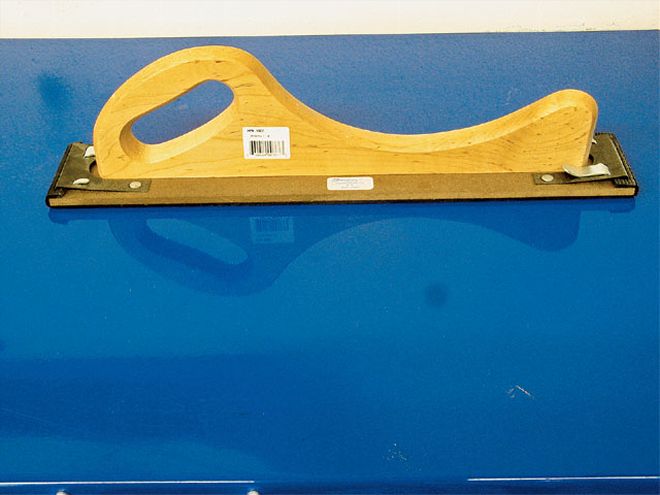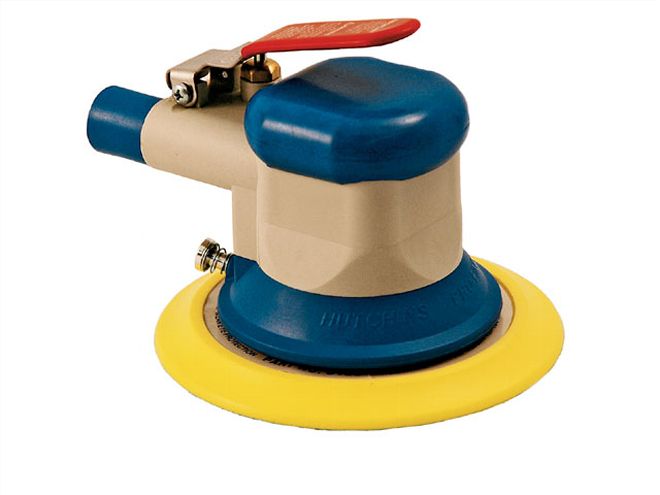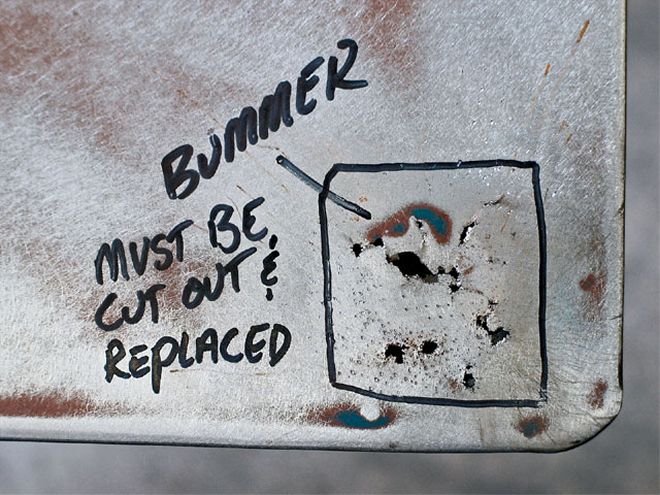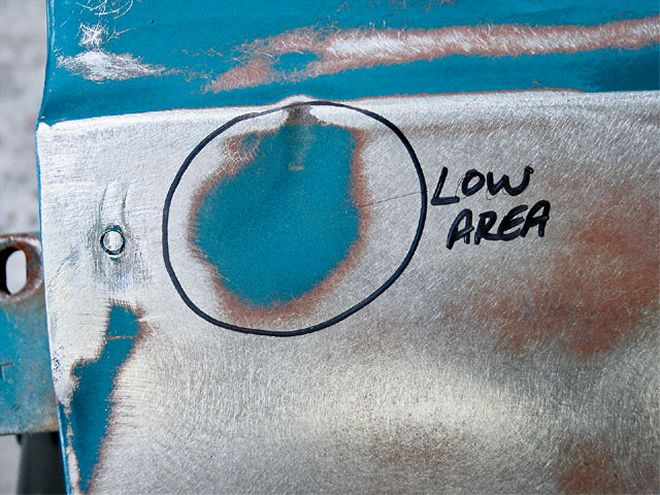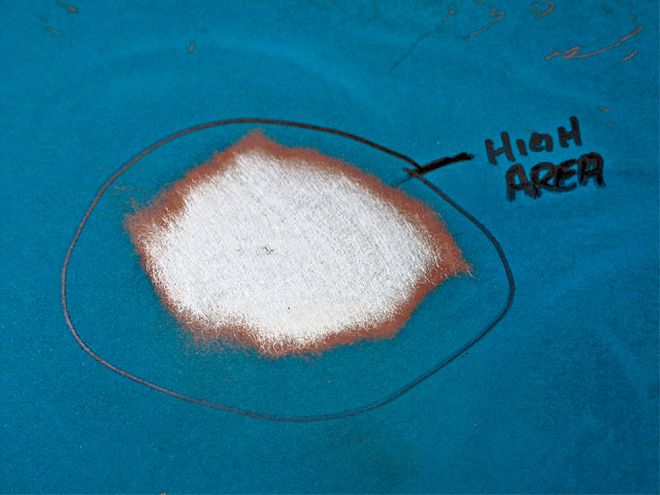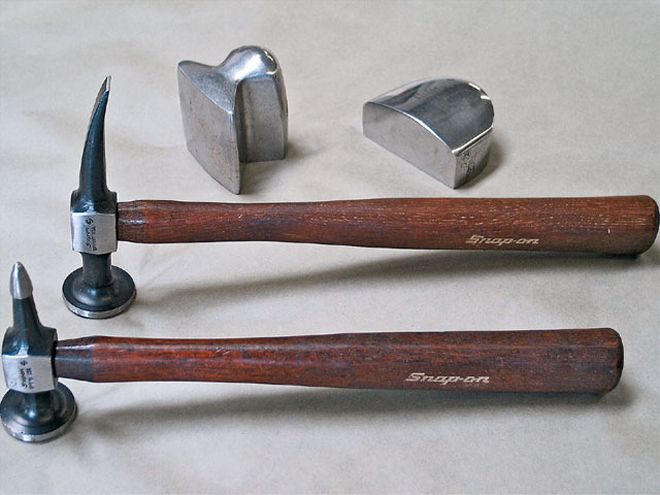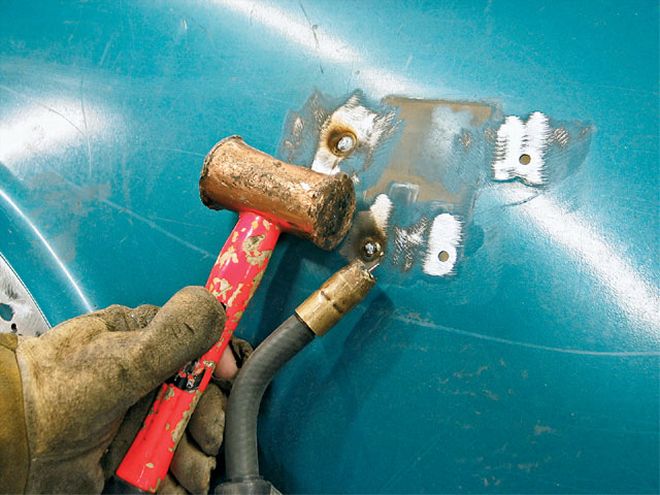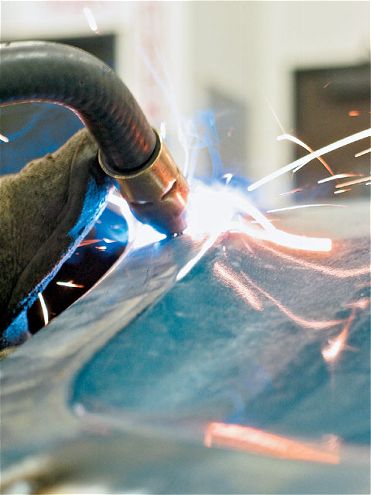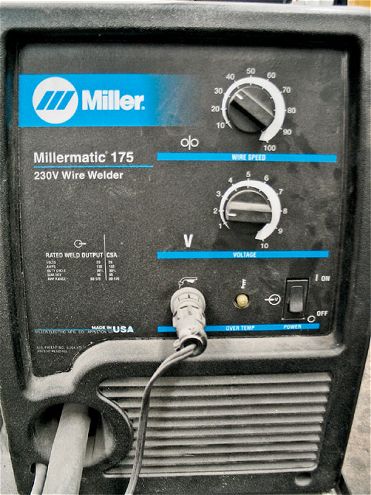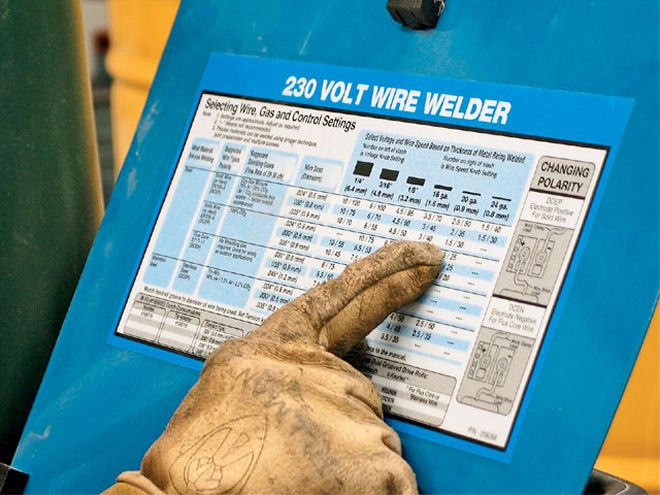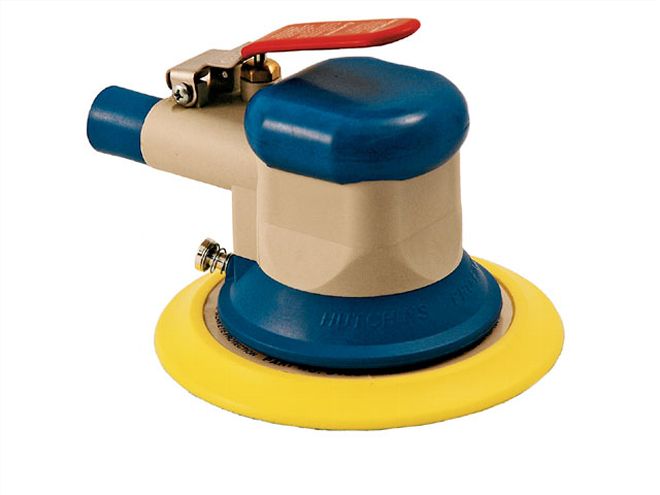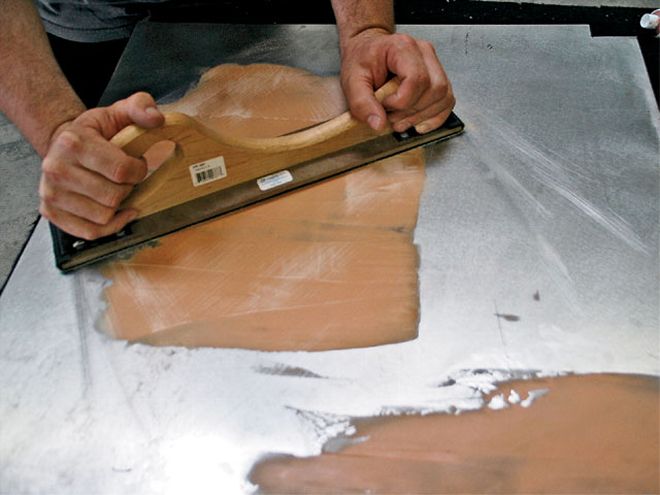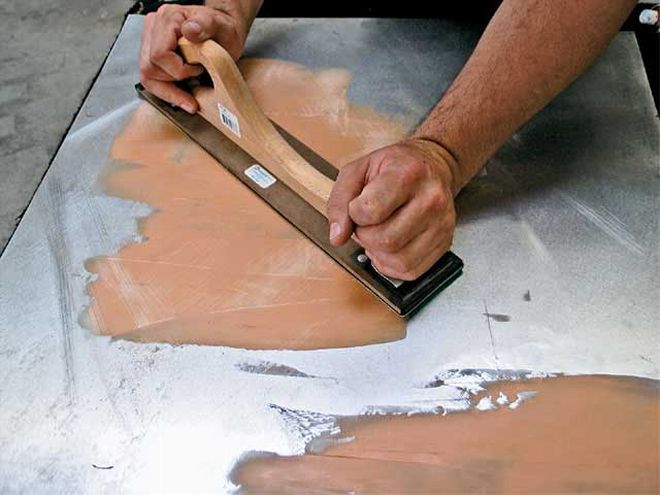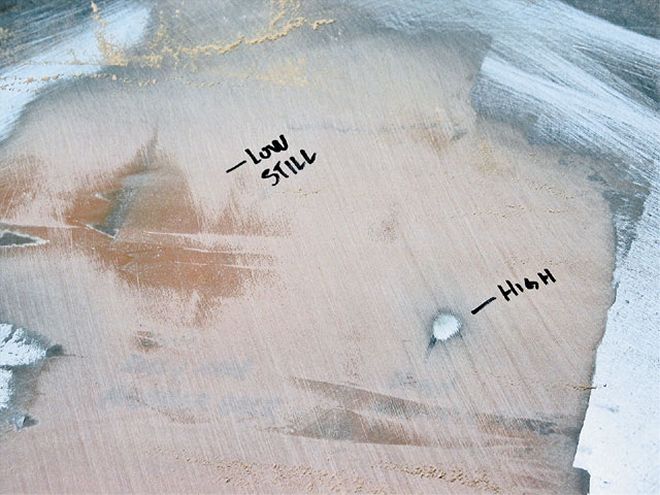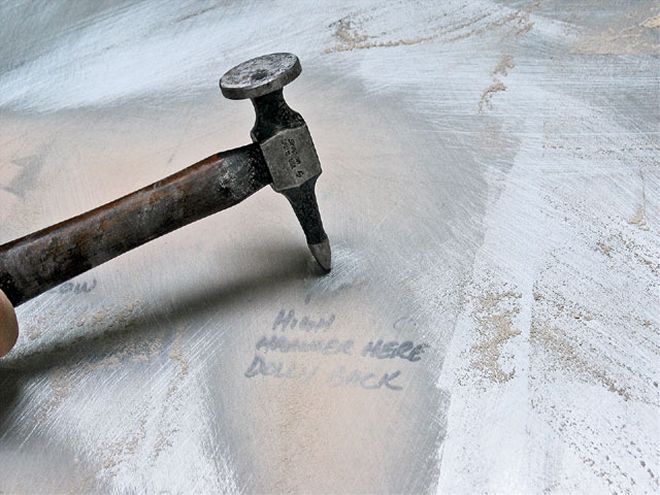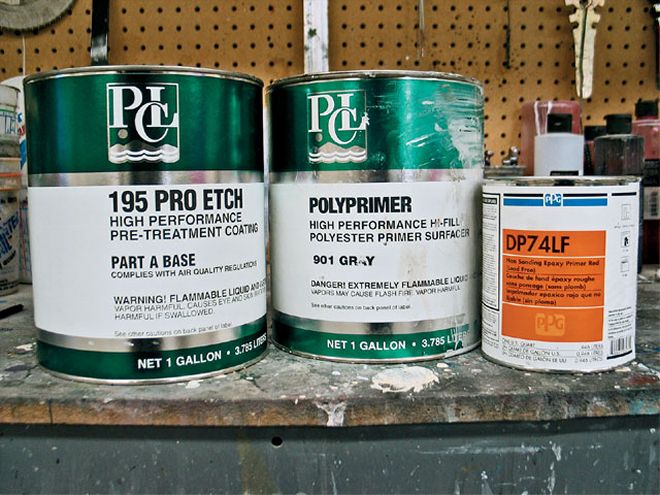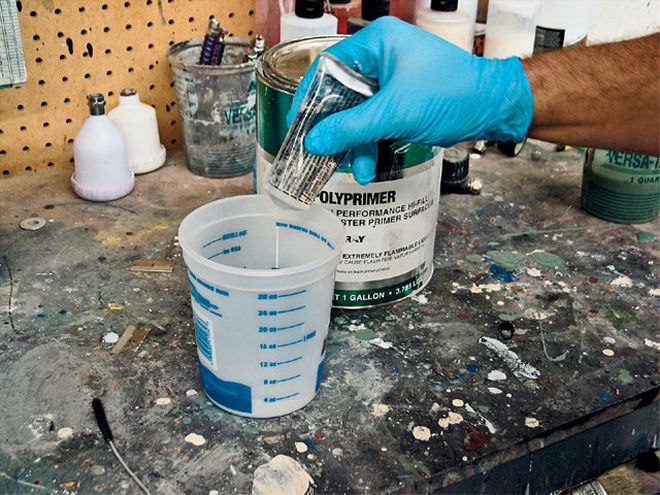Body Work Tools & Applications - Body Work Done Right
Sometimes, the best lesson you can learn is how to properly use a tool. Tools are made to make us better and more efficient in the tasks we perform. For example, you're not going to try removing a lug nut with a 1/4-inch ratchet. The same thing goes for bodyworking tools; if you know what to use and when to use it, you'll receive a much better return on your investment of both time and money. You'll get better results, faster, and they will stand the test of time. Because this is our paint and body special, we thought it would be the perfect time to teach a lesson on how to identify dents, and what tools to use to remove them. After that, we'll show you how to mix and spread filler, and then which blocks and paper to use to make it straight. We'll also cover the different primers and when to use a sealer over a high build.
To gather the information, we hooked up with a few different body shops in our travels, including Marcel Venable, from Venable Koncepts,who we put to work for most of this. We also spoke with the fine people at Hutchins All American Profinishers, makers of budget-minded hand-sanding blocks and high performance pneumatic sanders.
These are just the basics, so don't assume you will be able to open a body shop after reading this, but at least you should know what tool to use on a given application and how to use it. So, if you have a minitruck that has a few dents and you have the time and patience to practice, this story is exactly what you need. If you are still leery about taking a block to your ride, this will at least show you what body guys go through and why they charge the price they do. After all, some things are best left to the pros. Bodywork is a very taxing type of job and will have you covered in dust the whole time, but there's always some satisfaction in doing it yourself. Start out small with the hand blocks, and if you want to do more, then step up to the air tools. Either way, the tools are cheaper than some body-shop bills.
